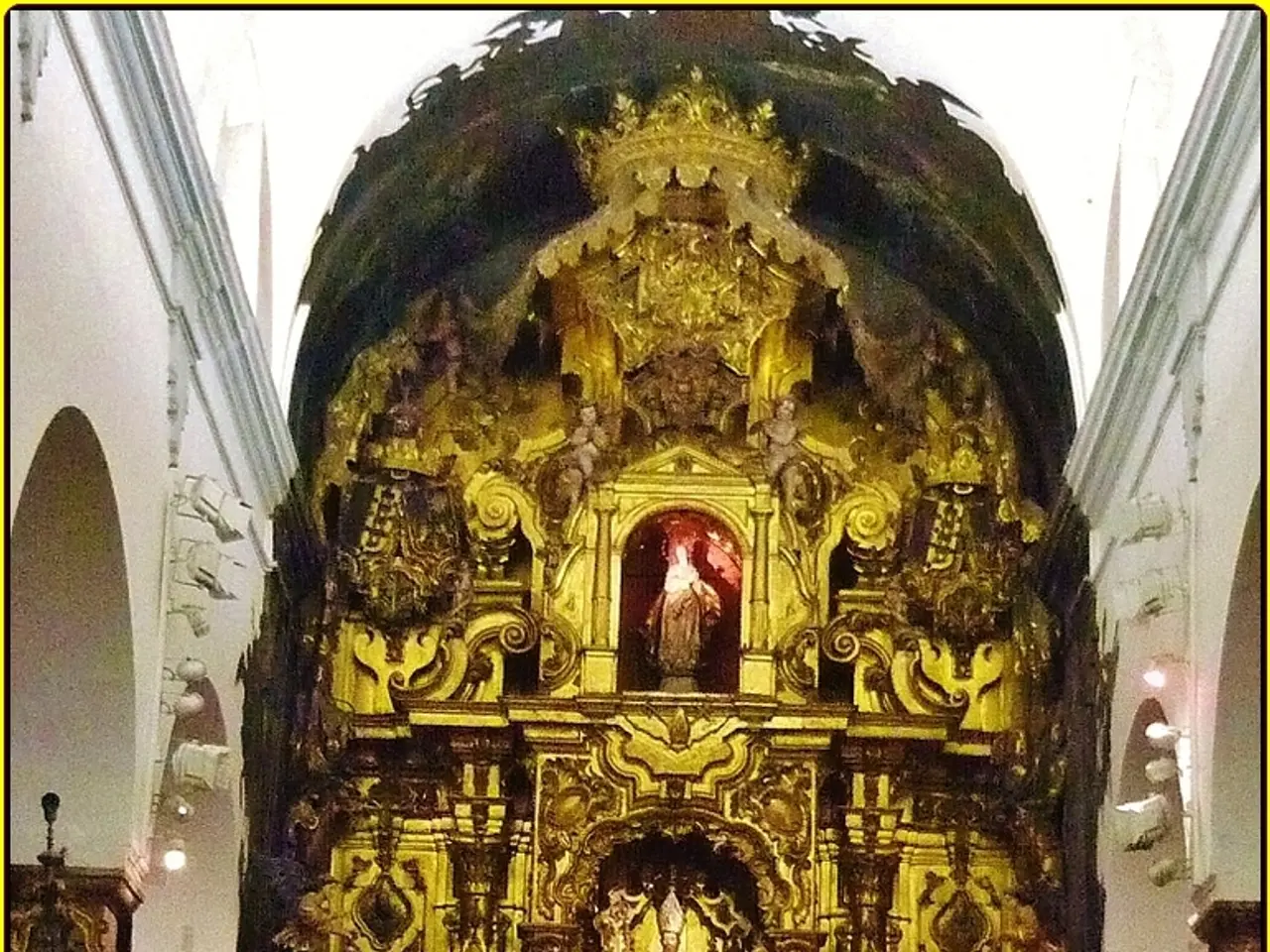The exploration of traditional attire and its role in showcasing generational identities
In the modern world, traditional clothing serves as more than just a fashion statement. It is a symbol of cultural identity, social status, history, and spiritual beliefs, often carrying rich symbolic significance that transcends centuries.
Take China, for instance, where the qipao and hanfu are more than just traditional attire. They embody historical narratives, artistry, and resilience. Wearing these garments today can be a form of cultural diplomacy, promoting appreciation for China's legacy of beauty and sophistication, and helping to soften geopolitical tensions.
Similarly, in Peru, traditional clothing like the chullo hat and other textiles reflect a fusion between indigenous and colonial influences that span millennia. These garments play an important role in cultural diplomacy, signaling social and regional identities.
In Southeast Asia, garments like the kebaya, worn in countries such as Thailand, Indonesia, Malaysia, Singapore, and Brunei, symbolize shared heritage and cultural ties across borders. They are recognized internationally as an intangible cultural heritage.
Meanwhile, in Germany, traditional clothing like Lederhosen and dirndls express regional identities, pride in craftsmanship, and historical continuity. These garments are often highlighted during cultural festivals like Oktoberfest.
The resurgence of interest in traditional clothing is driven by a desire to connect with cultural roots and embrace sustainable fashion practices. Educational institutions and cultural organizations are promoting traditional textiles and craft skills through workshops, exhibitions, and educational programs.
Passing down traditional clothing involves a transfer of knowledge, techniques, and stories that breathe life into the clothing. Intergenerational transmission helps fortify familial and cultural bonds, allowing young adults and children to actively participate in the maintenance and evolution of their cultural identity.
Contemporary designers are incorporating traditional patterns and techniques into modern fashion, creating a dialogue between the old and the new. Traditional African prints are now seen on international runways, influencing global fashion directions, and Eastern European embroidery techniques have become fashionable accents in contemporary Western wear.
Younger generations are adapting traditional clothing to reflect their current identities, through methods like adding modern cuts or mixing traditional attire with contemporary accessories. Global trends and cross-cultural exchanges are influencing traditional clothing styles, resulting in unique fashion developments that honor original designs while integrating elements from different cultures.
In essence, traditional clothing speaks a universal language of identity, fostering pride, unity, and belonging across cultures and transcending borders. It is a powerful symbolic and cultural tool to communicate identity, preserve heritage, express community values, and sometimes act as a subtle political or diplomatic message in the globalized world.
- The qipao and hanfu in China, embodying historical narratives, artistry, and resilience, serve as both cultural symbols and instruments of diplomacy, promoting a deeper appreciation for China's heritage and softening geopolitical tensions.
- In Southeast Asia, traditional garments like the kebaya symbolize shared heritage and cultural ties, recognized internationally as an intangible cultural heritage.
- Wearing traditional clothing like Lederhosen and dirndls in Germany expresses regional identities, pride in craftsmanship, and historical continuity, often being highlighted during cultural festivals.
- In the modern world, educational institutions and cultural organizations are promoting traditional textiles and craft skills through workshops, exhibitions, and educational programs to encourage young adults and children to connect with their cultural roots and embrace sustainable fashion practices.




